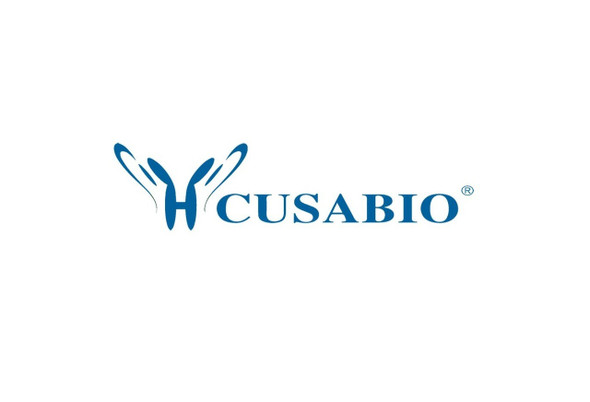Cusabio Active Proteins
Recombinant Human Membrane cofactor protein (CD46) (Active) | CSB-MP004939HU
- SKU:
- CSB-MP004939HU
- Availability:
- 3 to 7 Working Days
Description
Recombinant Human Membrane cofactor protein (CD46) (Active) | CSB-MP004939HU | Cusabio
Protein Description: Partial
Alternative Name (s) : TLX (Trophoblast leukocyte common antigen) (CD46)
Gene Names: CD46
Research Areas: Cancer
Species: Homo sapiens (Human)
Source: Mammalian cell
Tag Info: C-terminal hFc-tagged
Expression Region: 35-328aa
Sequence Info: CEEPPTFEAMELIGKPKPYYEIGERVDYKCKKGYFYIPPLATHTICDRNHTWLPVSDDACYRETCPYIRDPLNGQAVPANGTYEFGYQMHFICNEGYYLIGEEILYCELKGSVAIWSGKPPICEKVLCTPPPKIKNGKHTFSEVEVFEYLDAVTYSCDPAPGPDPFSLIGESTIYCGDNSVWSRAAPECKVVKCRFPVVENGKQISGFGKKFYYKATVMFECDKGFYLDGSDTIVCDSNSTWDPPVPKCLKVLPPSSTKPPALSHSVSTSSTTKSPASSASGPRPTYKPPVSNY
Biological Activity: Measured by its binding ability in a functional ELISA. Immobilized CD46 at 2 μg/ml can bind Anti-CD46 rabbit monoclonal antibody, the EC50 of human CD46 protein is 0.8333-1.054 ng/ml.
MW: 61.6 kDa
Purity: Greater than 92% as determined by SDS-PAGE.
Endotoxin: Less than 1.0 EU/ug as determined by LAL method.
Relevance: Acts as a cofactor for complement factor I, a serine protease which protects autologous cells against complement-mediated injury by cleaving C3b and C4b deposited on host tissue. May be involved in the fusion of the spermatozoa with the oocyte during fertilization. Also acts as a costimulatory factor for T-cells which induces the differentiation of CD4+ into T-regulatory 1 cells. T-regulatory 1 cells suppress immune responses by secreting interleukin-10, and therefore are thought to prevent autoimmunity. (Microbial infection) A number of viral and bacterial pathogens seem to bind MCP in order to exploit its immune regulation property and directly induce an immunosuppressive phenotype in T-cells. (Microbial infection) Acts as a receptor for Adenovirus subgroup B2 and Ad3. (Microbial infection) Acts as a receptor for cultured Measles virus. (Microbial infection) Acts as a receptor for Herpesvirus 6/HHV-6. (Microbial infection) May act as a receptor for pathogenic bacteria Neisseria and Streptococcus pyogenes (PubMed:7708671, PubMed:9379894, PubMed:11260136, PubMed:11971006) .
PubMed ID:
Notes: Repeated freezing and thawing is not recommended. Store working aliquots at 4℃ for up to one week.
Function:
Involvement in disease:
Subcellular Location:
Protein Families:
Tissue Specificity:
Paythway:
Form: Lyophilized powder
Buffer: Lyophilized from a 0.2 μm filtered PBS, 6% Trehalose, pH 7.4
Reconstitution: We recommend that this vial be briefly centrifuged prior to opening to bring the contents to the bottom. Please reconstitute protein in deionized sterile water to a concentration of 0.1-1.0 mg/mL.We recommend to add 5-50% of glycerol (final concentration) and aliquot for long-term storage at -20℃/-80℃. Our default final concentration of glycerol is 50%. Customers could use it as reference.
Uniprot ID: P15529
Uniprot Entry Name:
HGNC Database Link: N/A
UniGene Database Link: N/A
KEGG Database Link: N/A
STRING Database Link: N/A
OMIM Database Link: N/A











